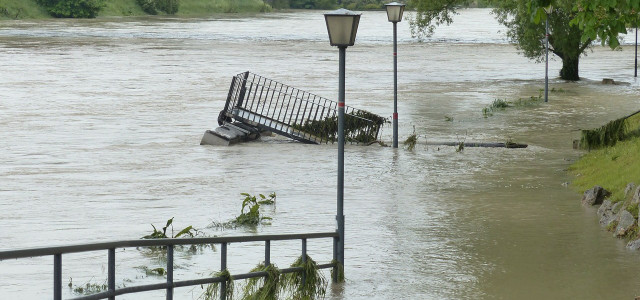Flooding is becoming increasingly more common around the globe. We'll take a closer look at what causes floods, how climate change plays into it, and share some tips on how to stay safe.
Floods are the most frequent type of natural disaster and are characterized by water overflowing onto land that is normally dry. This weather phenomenon is becoming increasingly more common and can happen anywhere, from rural to urban locations. Certain areas of the world are far more susceptible than others, but no area is completely safe from the dangers of floods. In fact, in the last 20 years, more than 2 billion people have been affected by floods worldwide.
When it comes to flooding in the United States, there isn’t a single state or territory that isn’t affected – and floods lead to more deaths per year across the country than tornadoes, hurricanes, and lightning combined.
Where Do Floods Occur?
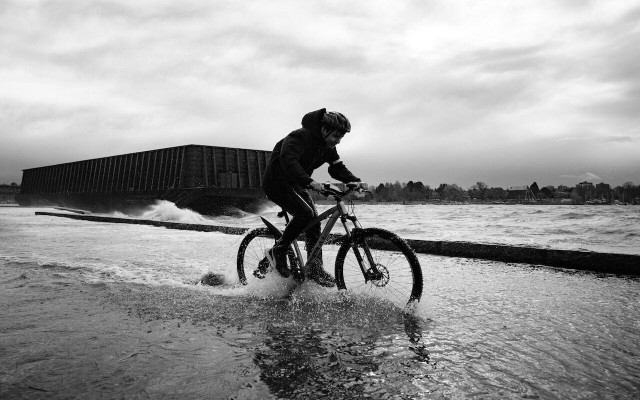
(Foto: CC0 / Unsplash / Colby Winfield )
Certain areas are at higher risk of flooding than others. In the United States, river floodplains and coastal areas are by far the most susceptible to flooding, but anywhere that receives prolonged and heavy rainfall can also be at risk. According to data from the Federal Emergency Management Agency (FEMA), the risk of flooding is highest in the following 10 states.
- Louisiana
- Florida
- Mississippi
- Arkansas
- New Jersey
- North/South Carolina
- Maryland
- Delaware
- Washington DC
On a global scale, countries that experience monsoon season (like India and Bangladesh) are very much at risk. According to the World Resources Institute (WRI), just fifteen countries account for 80 percent of the population exposed to river flood risk worldwide.
What Causes Floods: Three Common Flood Types
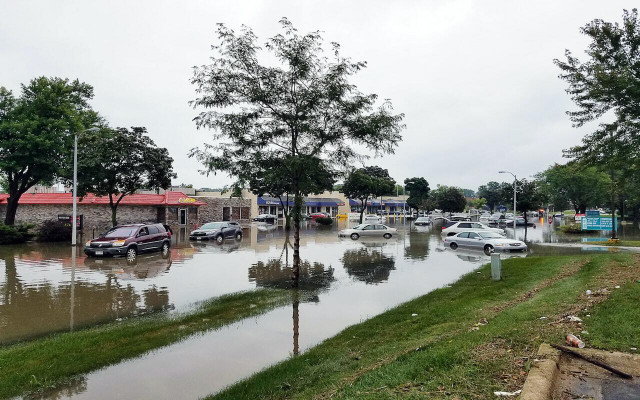


(Foto: CC0 / Unsplash / jim gade)
There are three common types of floods, and each one has different characteristics in terms of how they are caused, the damage they can do, and the protection you need.
Fluvial Floods
Commonly referred to as a river flood, this type of flood occurs when the water level in a river, lake or other body of water rises and overflows onto the banks and surrounding land. Usually, fluvial floods are caused by excessive rainfall or snowmelt, though dam breaks and ice jams can also set them in motion. The damage can be widespread since the overflow affects smaller rivers and can cause dams to break and areas to swamp.
Pluvial Floods
This type of flood is completely independent of an overflowing body of water. What causes pluvial floods is generally an extreme rainfall event, and they can occur in any area — both rural and urban. The two common types of pluvial flooding include:
-
Surface water floods: This is the safest type of pluvial flood since it occurs gradually, giving people plenty of time to move to a safe location, and the water level is typically shallow. The most damage this type of flood causes is generally economic.
-
Flash floods: Flash floods are the most dangerous type of floods because of how unexpected and destructive they are. What causes flash floods is a torrential downpour of rain in a small amount of time, which then leads to a high velocity torrent of water since the land can’t absorb the water fast enough.
Coastal Floods
Also known as storm surge floods, coastal floods are caused by intense windstorms (storm surges) associated with tropical cyclones and tsunamis, that often coincide with high tide. The flooding occurs when the seawater is forced onshore, and can often result in loss of life and property.
Is Climate Change a Cause of Floods?
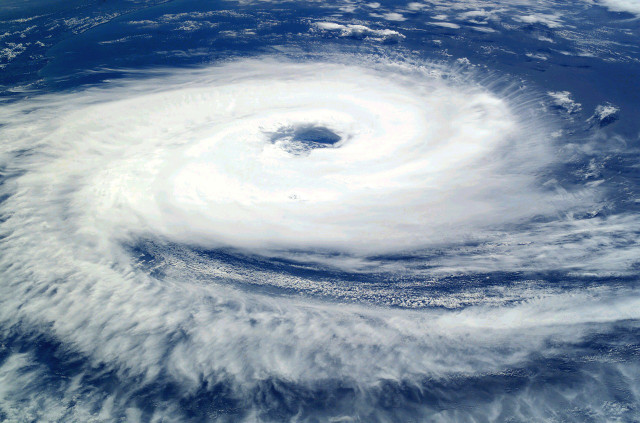


(Foto: CC0 / Pixabay / WikiImages)
According to the NRDC, the warming of our planet hasn’t directly caused more floods, but it has exacerbated other factors that increase their likelihood.
Higher Sea Levels
Ocean temperatures are slowly but surely increasing, and the world’s glaciers and ice sheets are disappearing at an alarming rate – both of which contribute to rising sea levels. This is problematic when it comes to flooding because higher sea levels can amplify storm surges, and increase the risk of high-tide flooding.
Heavier Precipitation
As the temperature of the global atmosphere becomes warmer, more moisture is held in the air – which then also needs to be cycled through the water cycle. Heavy precipitation events are projected to become more frequent through the 21st century, and while heavy rainfall doesn’t necessarily lead to floods, it increases the potential for them.
Increased Frequency of Strong Storms
Hurricanes have devastated various parts of the country over and over again. Climate change has contributed to an increased frequency in these destructive storms, which can cause floods through heavy rainfall, and stronger storm surges.
Safety Tips in Case of Flooding
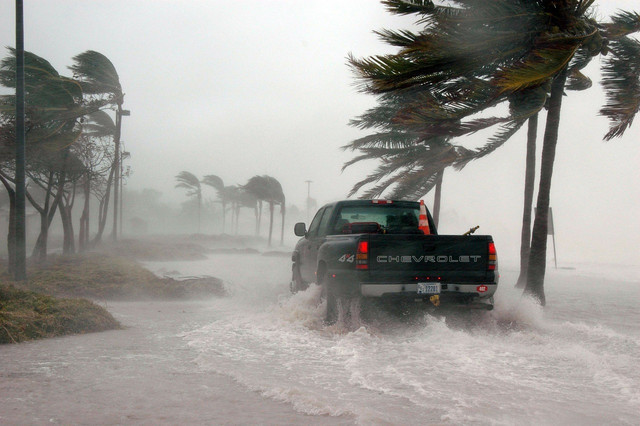


(Foto: CC0 / Pixabay / 12019)
Certain types of floods develop slowly and give you time to prepare, but flash floods can appear in an instant and be extremely dangerous. That’s why it’s best to always be prepared, especially if you live in an area that’s prone to flooding.
Before the flood
- Prepare an emergency kit: You’ll want to include batteries, blankets, flashlight, first aid kit, battery-operated radio, rubber boots/gloves along with enough food, water, and medicine to last at least 3 days.
- Sign up for weather notifications: Learn your risk by using the Flood Map Service Center address search function. Then, sign yourself up for weather notifications so you can be aware of what weather events are going on.
- Prepare your home: Standard homeowners’ insurance doesn’t typically cover floods, so call your insurance company to have flood coverage added to your policy. You can do more to prepare your home by filling sandbags and using them to create a barrier to help redirect floodwater.
During the flood
- Avoid going through flood water: It takes only 6 inches of fast-moving floodwater to knock a person off their feet, and driving through flooded roadways is also risky. There’s no knowing what is below the water’s surface, or if the water is actually much deeper than it seems.
- Stay informed: Keep up-to-date by listening to the radio (NOAA Weather Radio), watching TV, or checking on social media for any important updates.
- Get to higher ground and follow evacuation orders: It can be difficult to leave your belongings behind and get to higher ground, but your own safety is more important, especially if an evacuation order has been given.
Read on:
- What Are Dead Zones in Our Oceans?
- What Causes Acid Rain: Causes, Impact & Solutions
- Climate Change Denial: How to Stand Up To Skeptics
Do you like this post?






